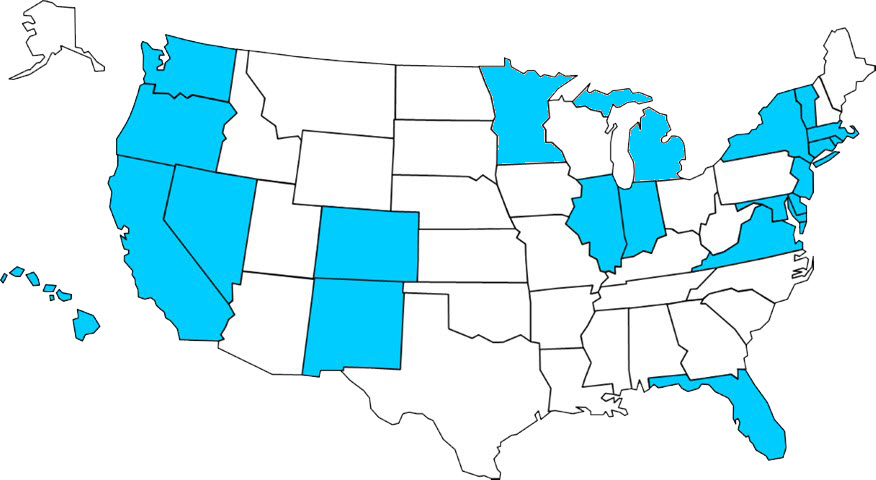Overview
Extreme Risk Protection Orders or “Red Flag” laws allow family members or law enforcement to petition a judge to remove a firearm from the environment of a person deemed at risk of harming themselves or others. These types of laws are relatively new, but have gained momentum in response to high profile mass shootings in which family members and friends noted that they had expressed concerns about a shooter prior to the shooting, but law enforcement had been unable to remove the weapons because the person had not broken any laws.
In addition to preventing homicides, ERPO laws can be used to remove a firearm from the environment of a child or adolescent at risk of committing suicide. These types of laws can play a valuable role in preventing deaths and injuries due to firearms.
Position
- The AAP affirms that the most effective measure to prevent suicide, homicide, and unintentional firearm-related injuries to children and adolescents is the absence of guns from homes and communities. Pediatricians should continue to advocate for the strongest possible legislative and regulatory approaches to prevent firearm injuries and deaths.
- The AAP supports federal legislation to provide grants to states to incentivize enactment of Extreme Risk Protection Orders or Gun Violence Restraining Orders, which allow families or law enforcement to petition a judge to remove a firearm from the possession of a person deemed at risk of harming themselves or others.
Facts
- Suicide is the 2nd leading cause of death for children age 10-24. More than 6,000 children and adolescents under 25 die from suicide each year. The rate of suicide in the US has increased 28% from 1999-2016.
- Access to a firearm increases the lethality of a suicide attempt and is estimated to triple the risk of death by suicide.
- A 2016 study found that Connecticut’s ERPO law is estimated to have averted 1 suicide for every 10 to 20 guns seized, preventing 72 suicides from 1999-2013. Indiana’s red flag law is associated with a 7.5% decrease in suicides from 2005-2015.
- From 2009-2016 in the U.S., there were 156 mass shootings (4 or more people were killed, not including the shooters). In 42% of these mass shootings, the shooter conveyed warning signs in advance of the fatal shooting, demonstrating danger to themselves or others.
Progress
- 21 states and DC – Extreme Risk Protection Order (ERPO) or “Red Flag” Laws

For information on current law or pending legislation in your state, please contact
AAP State Advocacy at stgov@aap.org.